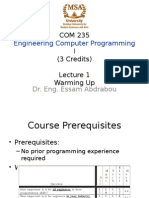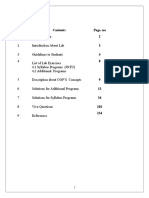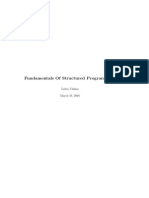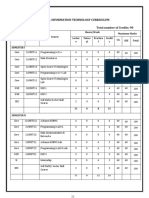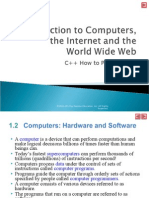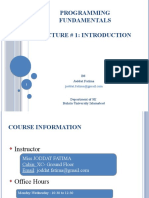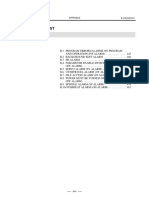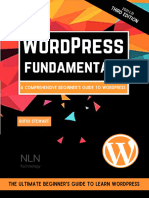0% found this document useful (0 votes)
47 views5 pagesComputer Applications Detailed Notes
The document provides detailed exam preparation notes for Class 12 Computer Applications, covering key topics such as C++ programming, arrays, functions, web technology, JavaScript, web hosting, databases, SQL, ERP, and ICT trends. It includes explanations of programming concepts, HTML structure, JavaScript features, and database management, along with practice questions for students. The notes aim to refresh and expand the knowledge of students in computer applications as per SCERT Kerala syllabus.
Uploaded by
priyankajayaprakash243Copyright
© © All Rights Reserved
We take content rights seriously. If you suspect this is your content, claim it here.
Available Formats
Download as DOCX, PDF, TXT or read online on Scribd
0% found this document useful (0 votes)
47 views5 pagesComputer Applications Detailed Notes
The document provides detailed exam preparation notes for Class 12 Computer Applications, covering key topics such as C++ programming, arrays, functions, web technology, JavaScript, web hosting, databases, SQL, ERP, and ICT trends. It includes explanations of programming concepts, HTML structure, JavaScript features, and database management, along with practice questions for students. The notes aim to refresh and expand the knowledge of students in computer applications as per SCERT Kerala syllabus.
Uploaded by
priyankajayaprakash243Copyright
© © All Rights Reserved
We take content rights seriously. If you suspect this is your content, claim it here.
Available Formats
Download as DOCX, PDF, TXT or read online on Scribd
/ 5





